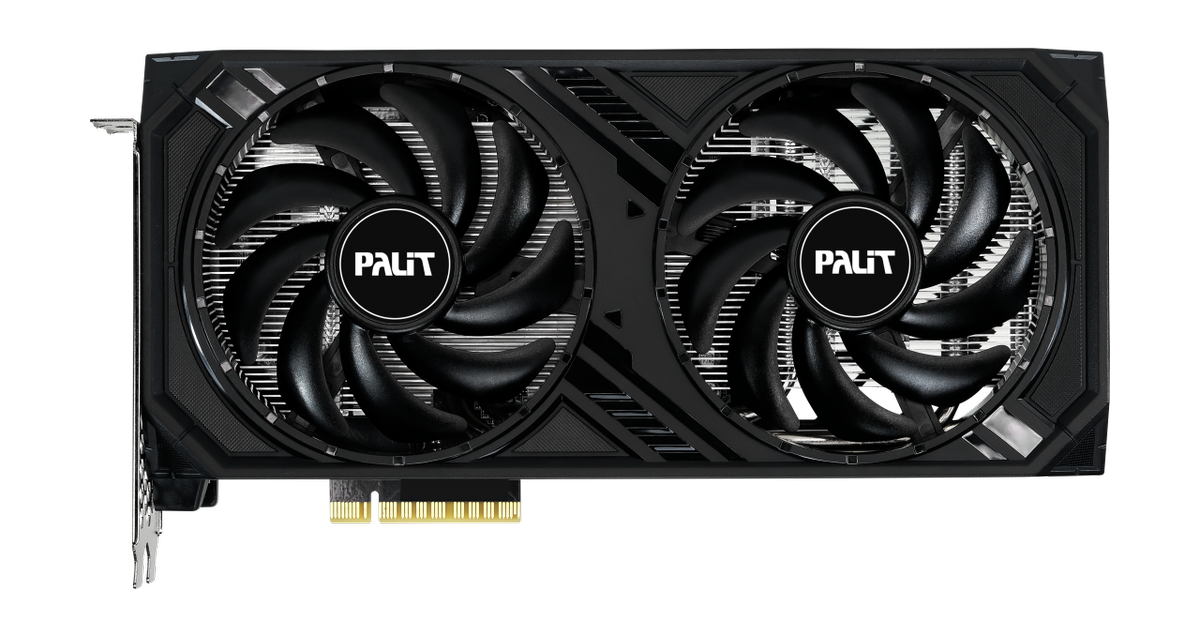For the past few years, almost every graphics card came with an electrical PCIe x16 connection. Low-end cards are a recent exception. AMD’s Radeon RX 6400 XT actually has a x4 electrical interface, but x8 connectivity is becoming more common in 2023. Modern examples include the Nvidia GeForce RTX 4060 and RTX 4060 Ti.
The aforementioned cards have x8 electrical connections, but they also have x16 physical connections, although they are not required.twitter user @fpsojisan_yt (via tom’s hardware) found the Palit card bucking this trend.of Palit GeForce RTX 4060 Dual Comes with x8 physical connection. And I think it’s a very good idea. It won’t make a big difference in some way for most users, but some users will benefit.
The AD107 GPU that powers the RTX 4060 has only a x8 electrical interface. It is there to reduce manufacturing costs. The x8 link is fine for PCIe 4.0 systems, but it will degrade performance a bit on PCIe 3.0 systems and even worse on PCIe 2.0 systems. That means a bunch of RTX 4060s will end up there. For that reason, I don’t like the idea of mid-range graphics cards with x8 connectivity, but that’s another story. it is what it is.
Here’s why a card with a PCIe x8 physical connection makes a lot of sense: First, a card like this would work perfectly in any x16 slot, but having a x8 physical connector gives you more flexibility options. However, it depends on the PCIe lane assignment and the physical configuration of the host system.
PCIe slots are used for more than just graphics cards, but very few require the bandwidth of x16 slots. Some devices allow this, such as the quad-slot M.2 SSD add-in card. In that case, you can run the SSD card in the x16 slot and the Palit RTX 4060 in the secondary x8 slot. If you need to run your GPU over the chipset link, you’ll have to sacrifice a bit of performance, but you can still game, and of course you can easily output images to multiple monitors.
Other potential applications include motherboards with a limited number of slots or systems that need to split the x8/x8 connections physically or otherwise. Some pre-built systems may also contain strange configurations. The x8 GPU is useful for use in certain he HEDT systems where gaming performance is not a priority or multiple add-in cards are present.
It’s worth noting that x8 physical slots are relatively rare, but if physical x8 graphics cards bring new use cases and nothing is lost, why not? There will be 10,000 x8 graphics cards.What does this mean electrically and physically for future motherboard designs and their PCIe lane configurations? Fewer x16 slots
It leaves even more space for the M.2 slot.
Perhaps a forward thinking by Palit?
PCIe x8 graphics cards will continue to exist, like it or not. Physically it could also be x8.

